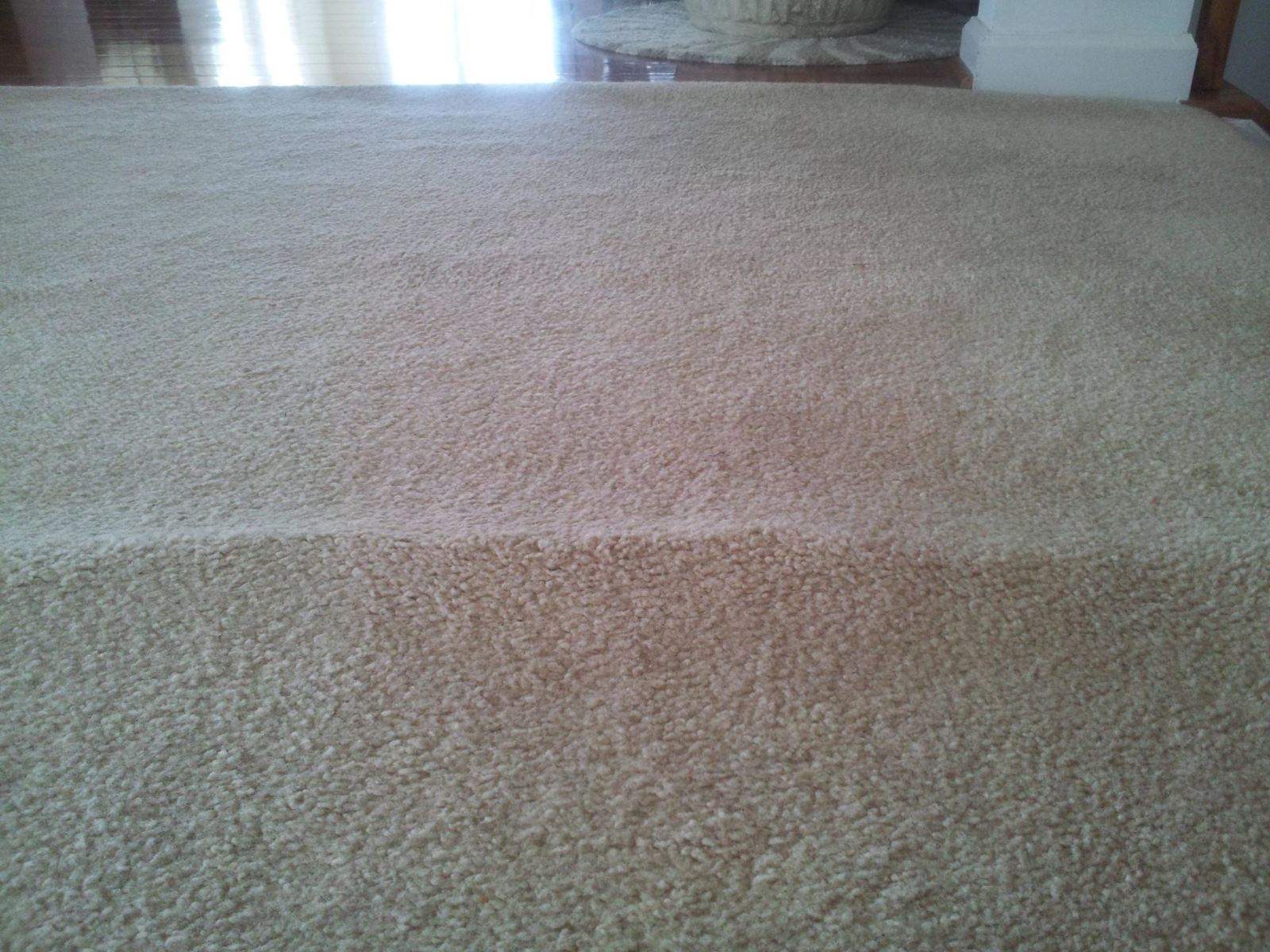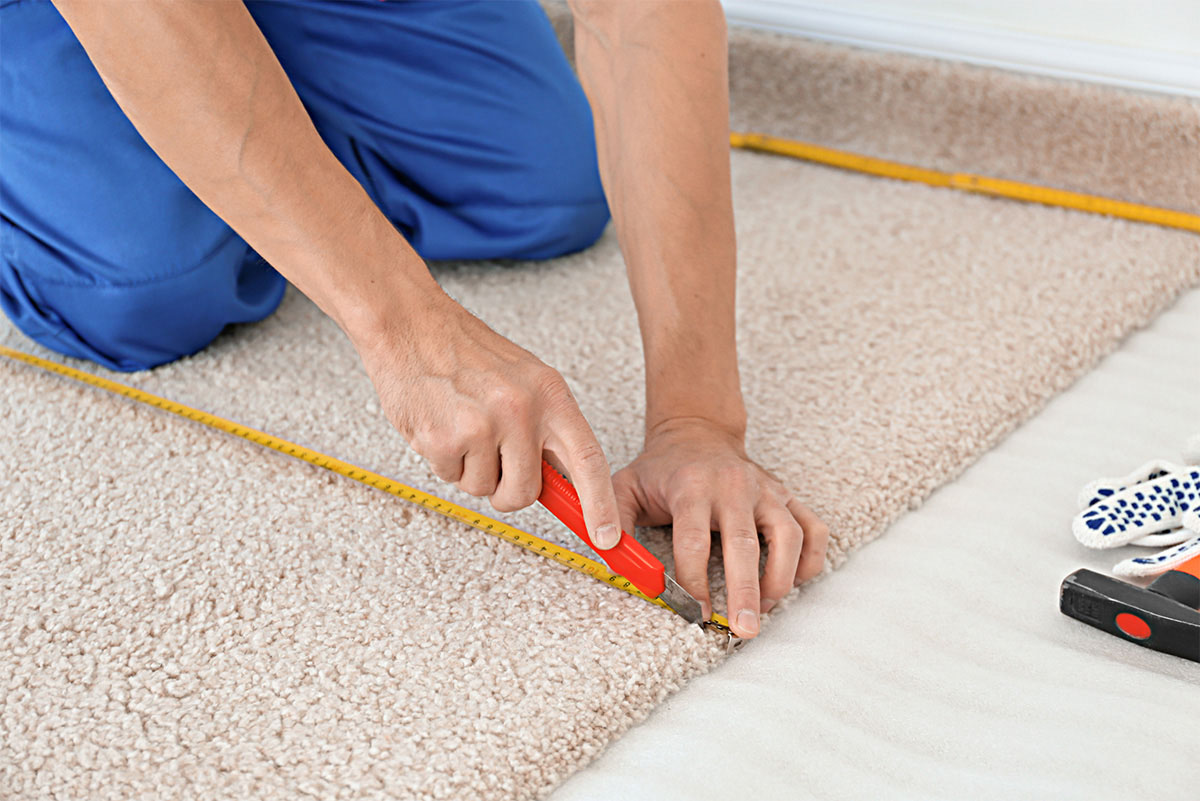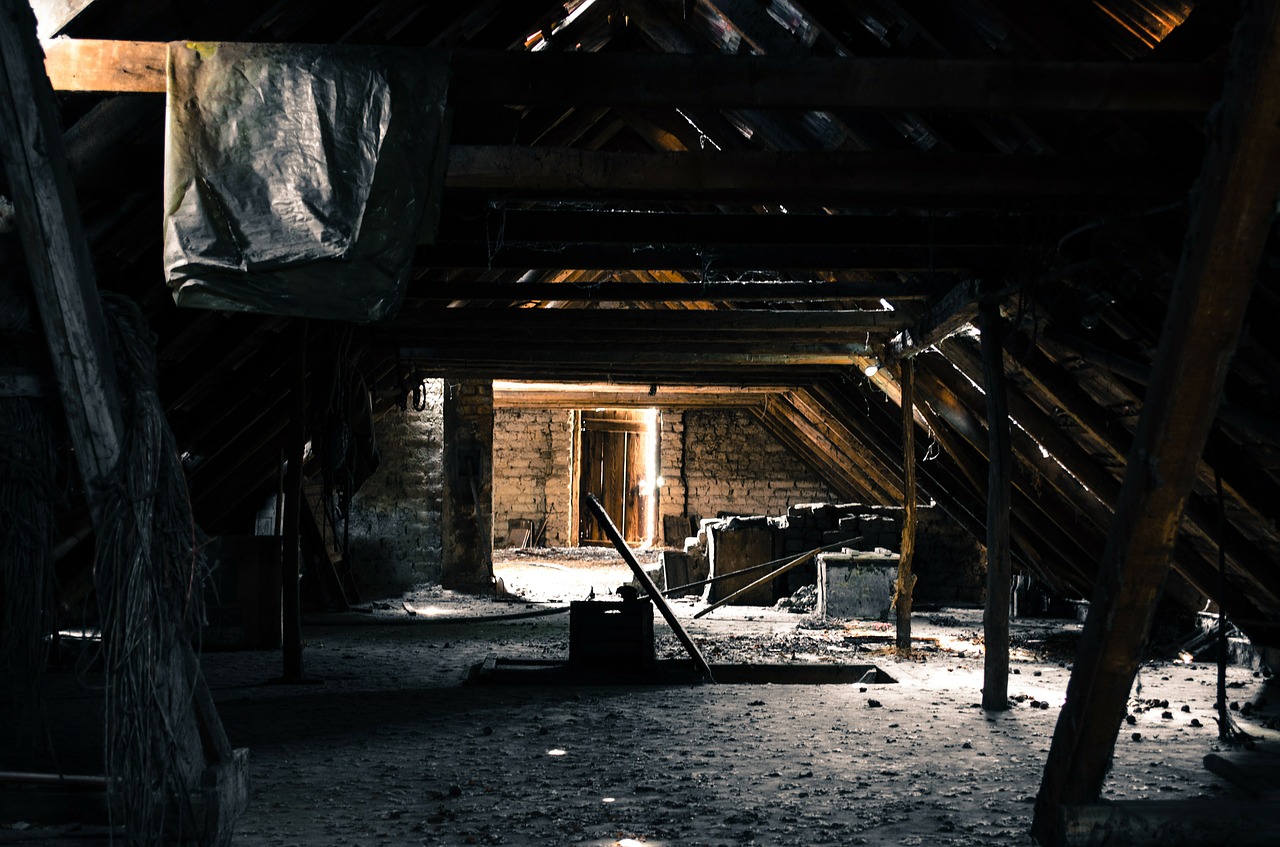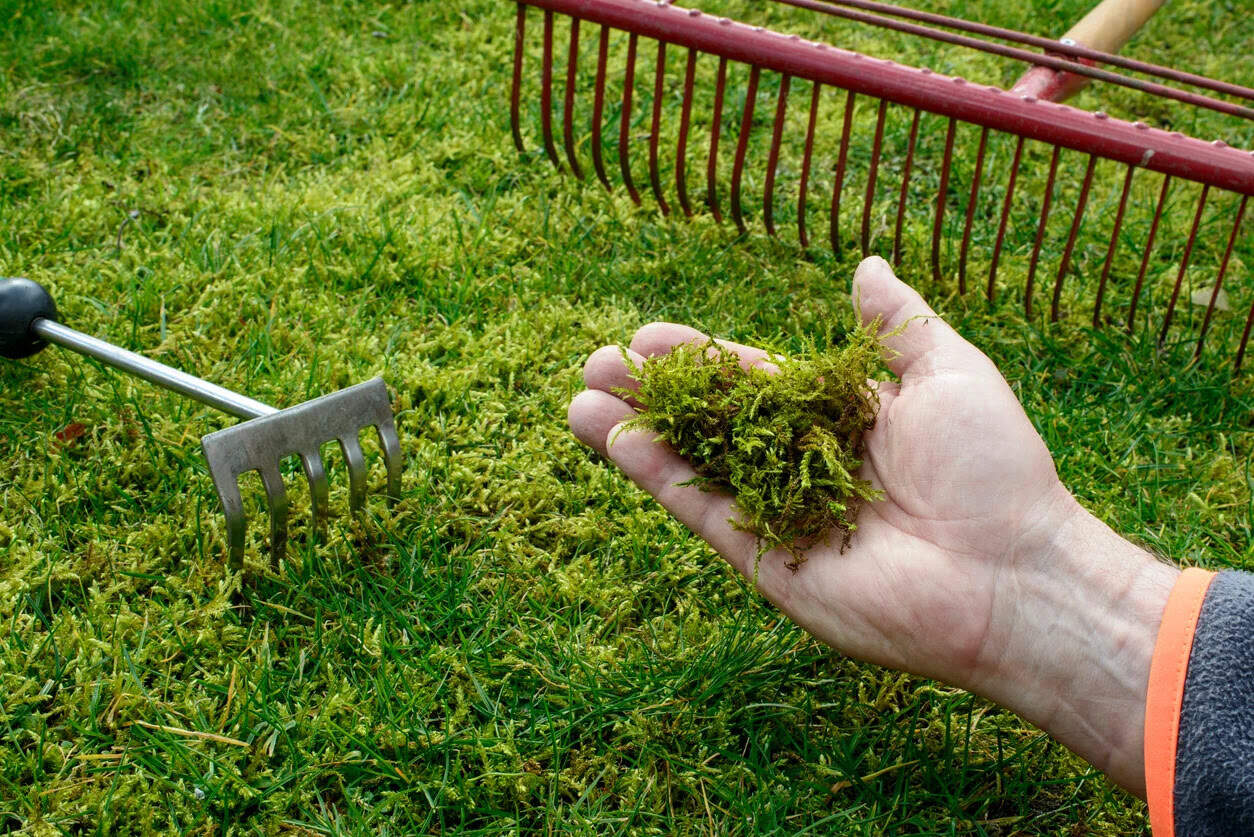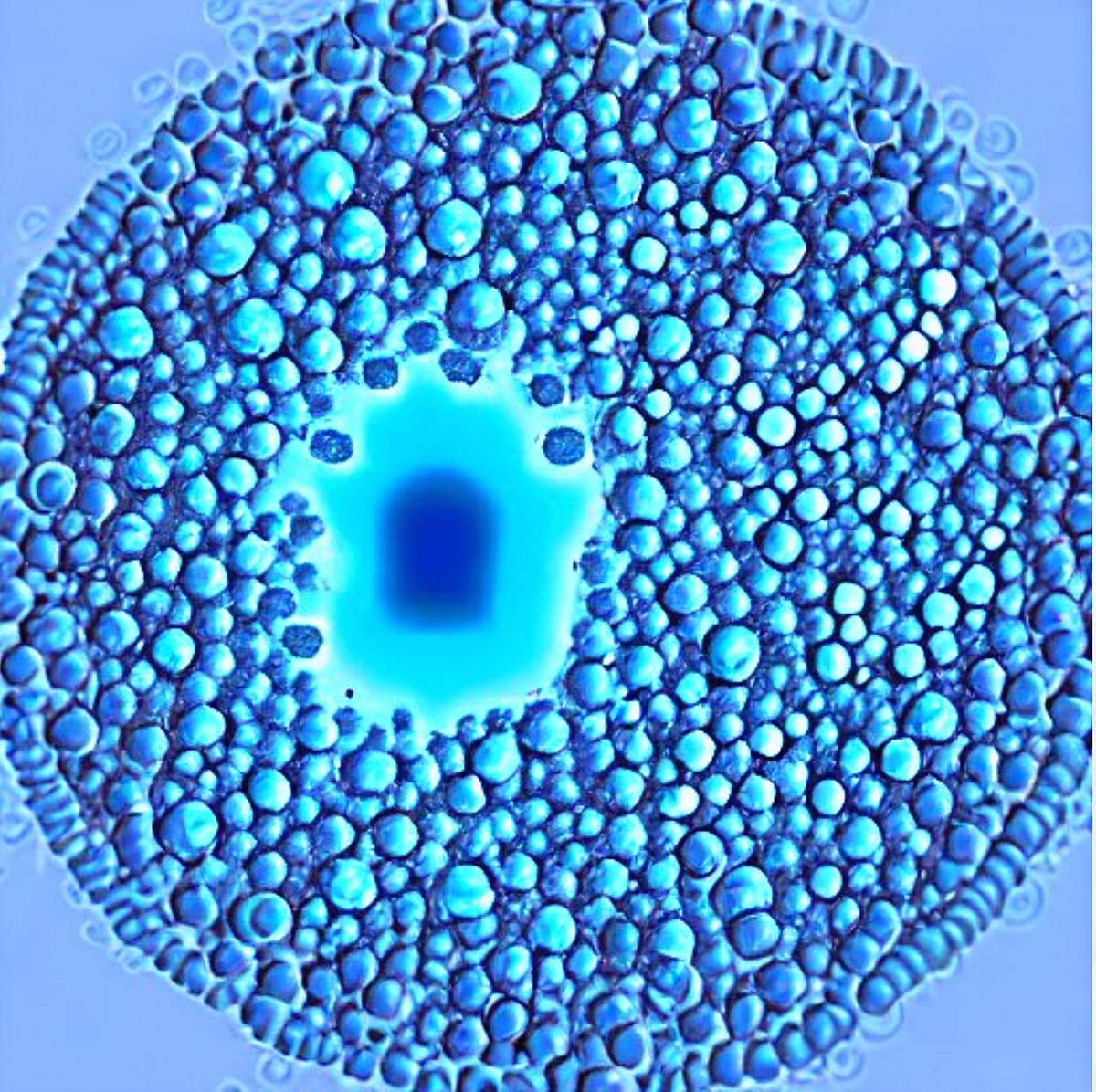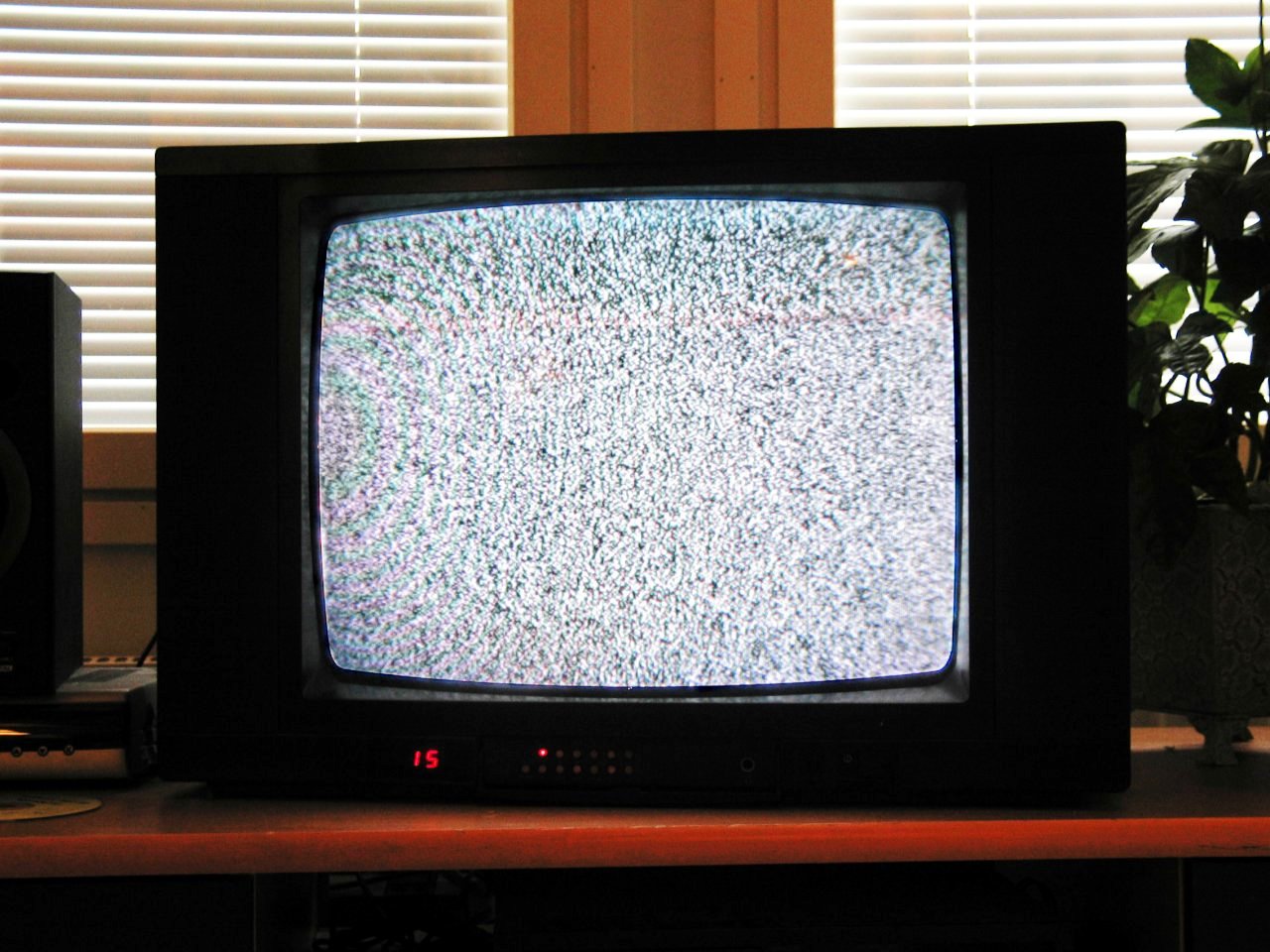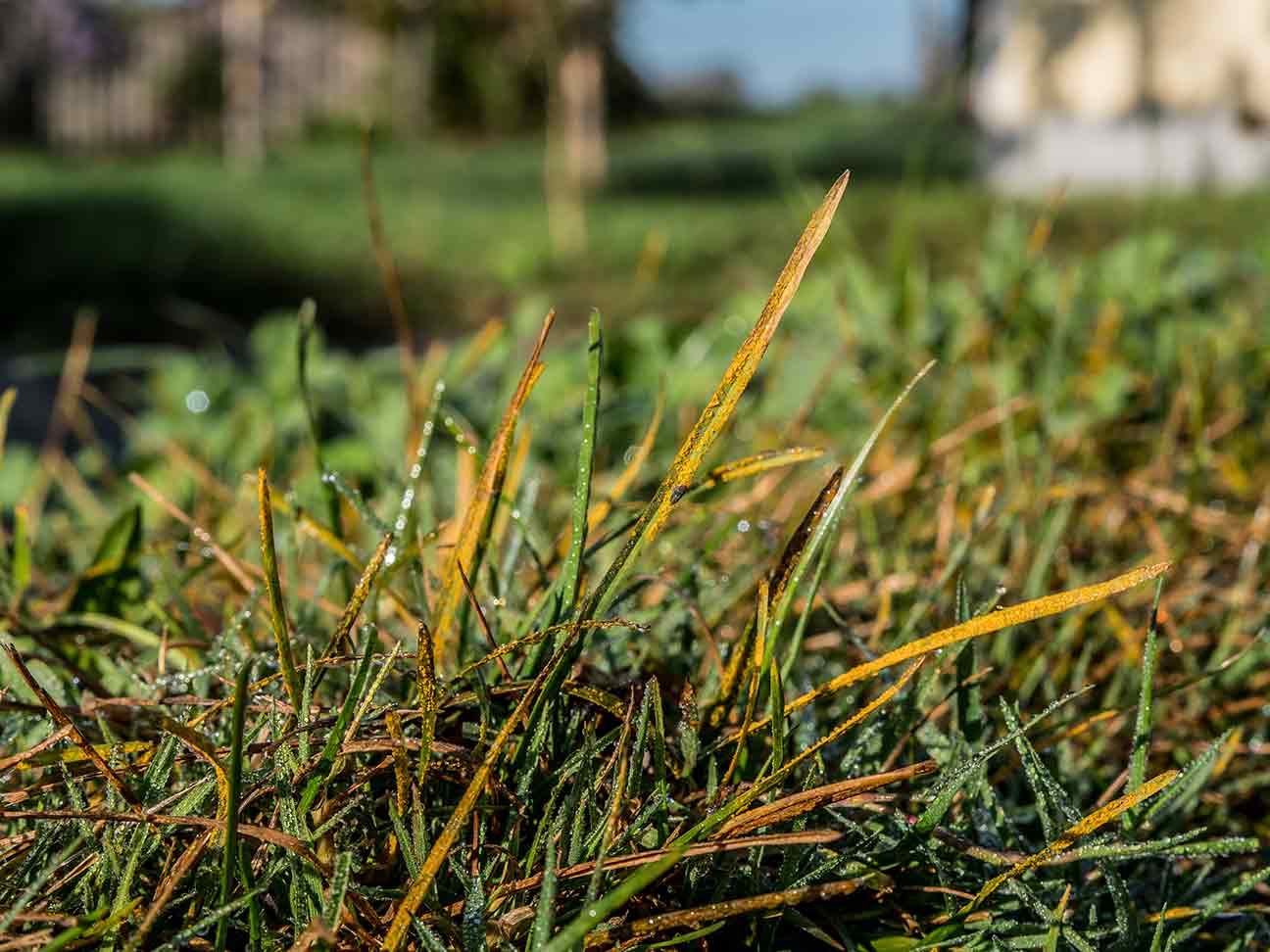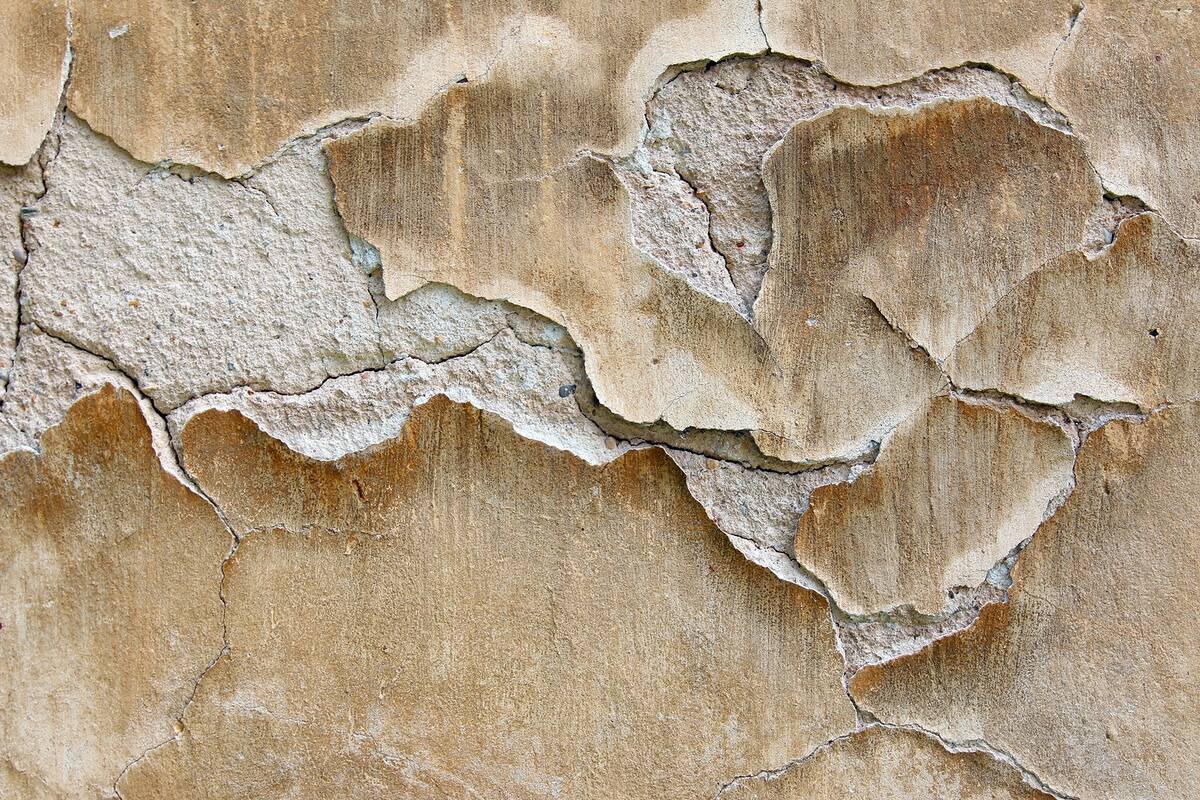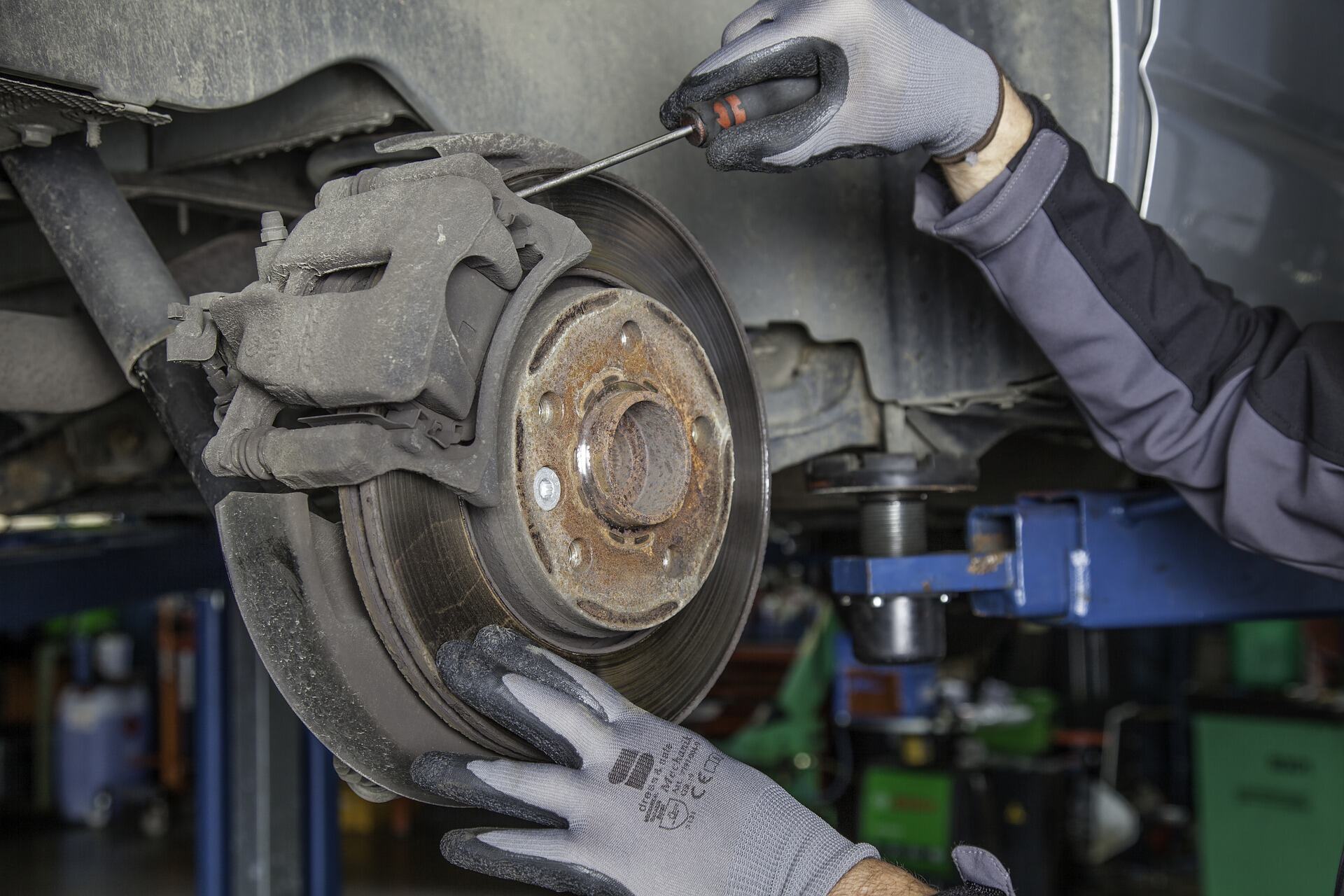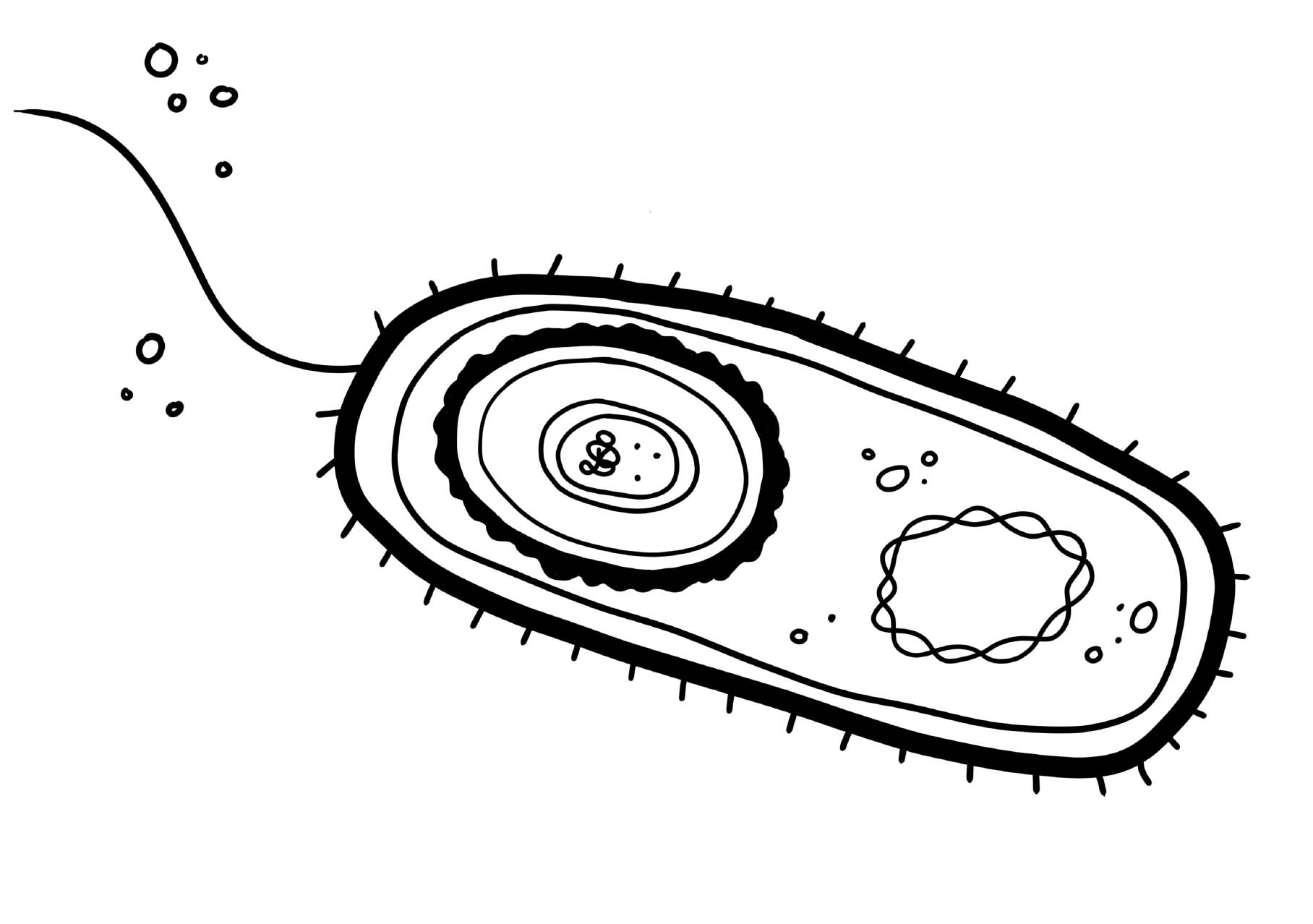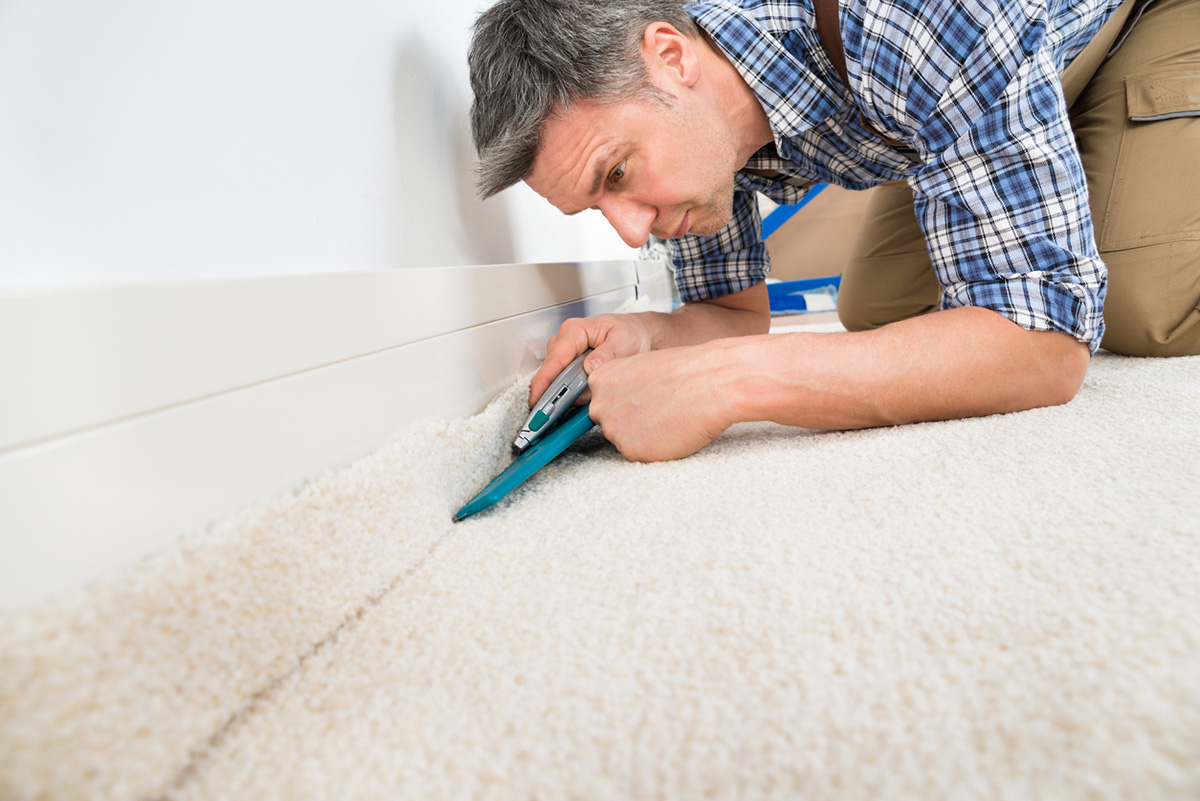

Articles
What Causes Carpet To Wrinkle
Modified: February 25, 2024
Discover the common causes of carpet wrinkling and learn effective solutions to prevent or fix this issue. Read our informative articles for valuable insights.
(Many of the links in this article redirect to a specific reviewed product. Your purchase of these products through affiliate links helps to generate commission for Storables.com, at no extra cost. Learn more)
Introduction
Carpet wrinkling is a common problem that many homeowners encounter. It refers to the formation of unwanted folds or ripples on the surface of the carpet. These wrinkles not only affect the appearance of the carpet, but they can also pose tripping hazards and reduce the overall lifespan of the carpet. Understanding the causes of carpet wrinkling is crucial in order to address the issue effectively and prevent further damage.
Importance of understanding the causes of carpet wrinkling
Carpet wrinkling can occur due to a variety of reasons, ranging from improper installation to environmental factors. By understanding the underlying causes, homeowners can take proactive measures to prevent or mitigate the occurrence of wrinkles in their carpets. Additionally, knowledge about the causes of carpet wrinkling can help individuals make informed decisions when selecting carpets and during the installation process. This can result in longer-lasting and better-maintained carpets in the long run.
In the following sections, we will explore some common factors that contribute to carpet wrinkling and provide insights on how to address these issues.
Key Takeaways:
- Proper installation, humidity control, and regular maintenance are key in preventing carpet wrinkling. Addressing issues promptly can extend the lifespan of carpets and maintain a safe living environment.
- Professional repair or replacement may be necessary for severe carpet wrinkles. Swift action is crucial to preserve the beauty, safety, and durability of your carpets.
Read more: What Causes Carpet Moths
Improper Installation
One of the leading causes of carpet wrinkling is improper installation. When carpets are not installed correctly, they are more prone to developing wrinkles over time.
Lack of proper stretching during installation
During the installation process, carpets need to be stretched and secured tightly to ensure a smooth and wrinkle-free surface. If the carpet is not adequately stretched, it may loosen over time, resulting in the formation of wrinkles. It is crucial to hire a professional installer who uses proper stretching techniques to minimize the risk of carpet wrinkling.
Insufficient tack strip usage
Tack strips, also known as gripper rods, are necessary for securing the edges of the carpet to the floor. These strips have sharp pins or tacks that hold the carpet in place. Insufficient tack strip usage, such as spacing them too far apart or using poor-quality tack strips, can lead to carpet movement and cause wrinkles to form. Proper installation requires an adequate number of tack strips to ensure the carpet is held tightly and securely.
Failure to use a power stretcher tool
A power stretcher tool is a vital instrument used during carpet installation to achieve proper tension and stretching. It helps to evenly distribute the pressure across the carpet, preventing wrinkles from forming. Unfortunately, some installers may resort to shortcut methods or rely solely on knee kickers, which may not provide sufficient tension. Failure to use a power stretcher tool can result in uneven stretching and contribute to the development of wrinkles.
By prioritizing proper installation techniques, including adequate stretching, using quality tack strips, and employing a power stretcher tool, homeowners can significantly reduce the likelihood of carpet wrinkling.
Humidity and Moisture
Humidity and moisture can have a significant impact on the condition of carpets and contribute to the formation of wrinkles.
High levels of humidity leading to carpet expansion
Excessive humidity can cause the carpet fibers to absorb moisture from the air, leading to expansion. This expansion can result in the carpet becoming loose and forming wrinkles. Areas with high humidity levels, such as bathrooms or basements, are especially prone to this issue. To prevent wrinkles caused by humidity, it is essential to maintain proper ventilation and humidity control in the living spaces.
Moisture seepage from the subfloor or underlying padding
If the subfloor or underlying padding gets wet, either from a leak or other sources of moisture, it can seep into the carpet fibers, causing them to swell and buckle. This can create unevenness and wrinkles in the carpet. It is crucial to address any water-related issues promptly, such as fixing leaks and ensuring proper drainage, to prevent moisture from damaging the carpet.
Inadequate moisture barrier
A moisture barrier is a protective layer installed between the subfloor and carpet padding to prevent moisture from reaching the carpet. If an inadequate moisture barrier is used or if it is damaged or worn out, moisture can penetrate the carpet and contribute to the formation of wrinkles. Regular inspection and maintenance of the moisture barrier are necessary to ensure its effectiveness in preventing moisture-related issues.
Controlling humidity levels, addressing moisture sources, and ensuring the proper installation and maintenance of moisture barriers can help minimize the risk of carpet wrinkling caused by humidity and moisture.
Heavy Furniture and Foot Traffic
Heavy furniture and frequent foot traffic can exert significant pressure on carpets, leading to the development of wrinkles over time.
Constant weight and pressure from furniture
When heavy furniture is placed on the carpet for extended periods, it can compress the carpet fibers and create indentations. Over time, these indentations can result in wrinkles as the carpet loses its original shape. To prevent this, it is recommended to use furniture pads or coasters to distribute the weight more evenly and reduce the pressure applied to the carpet. Regularly rearranging furniture can also help prevent excessive wear on specific areas of the carpet.
Frequent foot traffic causing carpet fibers to flatten
Areas with high foot traffic, such as hallways and entryways, are prone to carpet flattening. As people walk over the carpet repeatedly, the fibers can become flattened and lose their resilience. When this happens, wrinkles may appear as the carpet stretches unevenly. Using doormats at entryways and periodically rotating area rugs can help distribute foot traffic, minimizing the risk of carpet wrinkling in these heavily used areas.
Matting and crushing of carpet due to heavy use
In areas with heavy use, such as living rooms or family rooms, the constant pressure and movement can cause the carpet fibers to mat and crush. When the carpet fibers become matted, it becomes more difficult for the carpet to maintain its original shape, resulting in the formation of wrinkles. Regular vacuuming, using carpet rakes to lift matted fibers, and avoiding excessive weight or movement in these areas can help prevent carpet wrinkling caused by matting and crushing.
By taking measures to distribute furniture weight, minimize foot traffic impact, and prevent matting and crushing, homeowners can reduce the occurrence of carpet wrinkling in areas with heavy furniture and frequent foot traffic.
Aging and Wear
Over time, carpets naturally age and experience wear and tear, which can contribute to the development of wrinkles.
Natural wear and tear over time
As carpets age, they undergo normal wear and tear from daily use. This can include foot traffic, furniture shifting, and general household activities. The constant stress on the carpet fibers can lead to stretching and loosening, resulting in the formation of wrinkles. Regular maintenance, such as vacuuming and periodic professional deep cleaning, can help preserve the carpet’s condition and slow down the aging process.
Gradual breakdown of carpet fibers
Carpet fibers can gradually break down over time due to foot traffic, UV exposure, and chemical reactions. When the fibers weaken and lose their strength, the carpet may become more susceptible to wrinkling. Quality carpets with durable fibers and proper maintenance can help prolong the life of the carpet and delay the breakdown of the fibers.
Loss of elasticity and structural integrity
As carpets age, they may lose their elasticity and structural integrity. This can be due to various factors such as exposure to sunlight, moisture damage, or poor maintenance. When the carpet loses its ability to maintain its shape and tension, wrinkles can start to form. Regular carpet stretching, proper cleaning techniques, and protecting the carpet from excessive sunlight can help maintain its elasticity and structural integrity.
While aging and wear are inevitable, regular care and maintenance can help slow down the process and minimize the risk of carpet wrinkling caused by these factors.
Regular vacuuming and avoiding excessive moisture can help prevent carpet wrinkling. Use furniture coasters to distribute weight and reduce pressure on the carpet.
Read more: What Causes Carpet Beetles
Poor Quality Materials
The quality of the materials used in carpets can greatly impact their durability and resistance to wrinkling. Here are some common poor quality materials that can contribute to carpet wrinkling:
Inferior carpet padding
Carpet padding is a crucial layer beneath the carpet that provides cushioning and support. Using inferior or low-density padding can result in insufficient support for the carpet, leading to an increased risk of wrinkles. Quality padding should be dense enough to withstand pressure and maintain the integrity of the carpet over time. Investing in high-quality carpet padding can help prevent the occurrence of wrinkles.
Thin or weak carpet fibers
The thickness and strength of the carpet fibers play a significant role in determining its resilience and resistance to wrinkling. Thin or weak carpet fibers are more prone to stretching and losing their shape, which can result in the formation of wrinkles. Choosing carpets with thicker, more robust fibers can help reduce the risk of wrinkling and increase the longevity of the carpet.
Low-quality backing materials
The backing material of the carpet is responsible for providing stability and support to the carpet fibers. If the backing material is of low quality or lacks proper reinforcement, it can contribute to the carpet wrinkling. Quality carpets typically have a strong and durable backing material that helps maintain the shape and tension of the carpet. It is essential to choose carpets with high-quality backing materials to minimize the risk of wrinkles.
By selecting carpets with superior quality padding, thick and strong fibers, and robust backing materials, homeowners can reduce the likelihood of carpet wrinkling caused by poor quality materials.
Environmental Factors
Environmental factors can have a significant impact on the stability and condition of carpets, potentially leading to the development of wrinkles.
Extreme temperature fluctuations
Extreme temperature fluctuations can cause the carpet fibers to expand and contract, resulting in stretching and potential wrinkling. Areas with frequent temperature changes, such as near windows or doors, are particularly susceptible to this issue. Maintaining a stable temperature and humidity level within the living spaces can help minimize the impact of temperature fluctuations on the carpet.
Exposure to direct sunlight
Excessive exposure to direct sunlight can cause the carpet fibers to deteriorate and fade over time. As the fibers weaken, the carpet may lose its ability to maintain its shape properly, leading to the formation of wrinkles. Using window coverings or UV-blocking films can help protect the carpet from prolonged exposure to direct sunlight and minimize the risk of wrinkling.
Climate conditions affecting carpet stability
Climate conditions, such as high humidity, excessive moisture, or dryness, can affect the stability of the carpet. High humidity can cause the carpet fibers to absorb moisture and expand, while dry conditions can cause the fibers to shrink and contract. These changes in fiber size and tension can contribute to the formation of wrinkles. Maintaining a consistent climate through proper ventilation, controlling humidity levels, and using humidifiers or dehumidifiers when necessary can help mitigate the impact of climate conditions on the carpet.
Being mindful of extreme temperature fluctuations, limiting direct sunlight exposure, and adapting to climate conditions can help preserve the stability of carpets and minimize the risk of wrinkles caused by environmental factors.
Incorrect Cleaning Methods
Improper cleaning methods can not only damage carpets but also contribute to the development of wrinkles. Here are some common mistakes to avoid:
Improper use of cleaning products
Using the wrong cleaning products or using them incorrectly can lead to carpet damage and wrinkling. Harsh chemicals and abrasive cleaners can weaken the carpet fibers, making them more susceptible to stretching and wrinkling. It is important to follow the manufacturer’s recommendations and use gentle, carpet-friendly cleaning products to maintain the integrity of the carpet.
Excessive moisture during carpet cleaning
Excessive moisture during carpet cleaning can soak into the carpet fibers and padding, causing them to become swollen and stretched. Over time, this can lead to the development of wrinkles. It is crucial to use the appropriate amount of water and ensure proper drying techniques after cleaning to prevent excessive moisture and minimize the risk of wrinkling.
Use of improper tools and techniques
Using improper tools and techniques during carpet cleaning can also contribute to wrinkling. For instance, using a hard-bristle brush or scrubbing too vigorously can damage the carpet fibers and weaken their structure, resulting in wrinkles. It is important to use gentle cleaning tools and techniques, such as vacuuming with a brush attachment and blotting stains instead of rubbing, to avoid unnecessary stress on the carpet.
By using the right cleaning products, controlling moisture levels during cleaning, and employing proper cleaning tools and techniques, homeowners can effectively maintain their carpets without risking damage or the formation of wrinkles.
Conclusion
Carpet wrinkles are not only unsightly but can also pose various hazards and reduce the lifespan of the carpet. It is crucial to address carpet wrinkles promptly to prevent further damage and maintain the overall condition of the carpet.
Importance of addressing carpet wrinkles promptly
When left untreated, carpet wrinkles can worsen over time, becoming more pronounced and difficult to fix. Additionally, wrinkles can cause tripping hazards, especially for children, elderly individuals, or those with mobility concerns. Moreover, the constant stress on the carpet fibers can lead to premature wear and tear, reducing the longevity of the carpet. By addressing carpet wrinkles promptly, homeowners can prevent accidents, extend the life of their carpets, and maintain a safe and aesthetically pleasing living environment.
Recommending professional carpet repair or replacement
In many cases, addressing carpet wrinkles requires the expertise of professional carpet repair technicians. These professionals have the knowledge and tools necessary to stretch and re-tension the carpet, eliminating wrinkles effectively. They can also assess the underlying causes of the wrinkles and provide recommendations for long-term solutions.
In some instances, carpet wrinkles may be too severe or widespread for repair. In such cases, replacing the carpet may be the most practical solution. A professional carpet installer can help select a new carpet that is resistant to wrinkling and ensure proper installation methods are employed to minimize future issues.
Overall, it is essential to take swift action when encountering carpet wrinkles. Whether through professional repair or replacement, addressing carpet wrinkles promptly can help preserve the beauty, safety, and durability of the carpets in your home.
Frequently Asked Questions about What Causes Carpet To Wrinkle
Was this page helpful?
At Storables.com, we guarantee accurate and reliable information. Our content, validated by Expert Board Contributors, is crafted following stringent Editorial Policies. We're committed to providing you with well-researched, expert-backed insights for all your informational needs.
